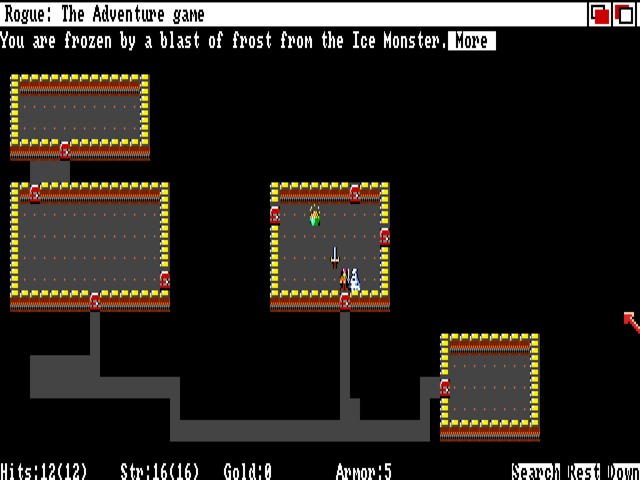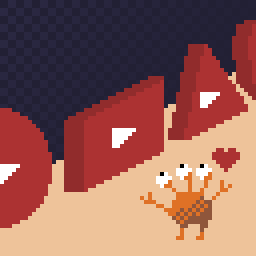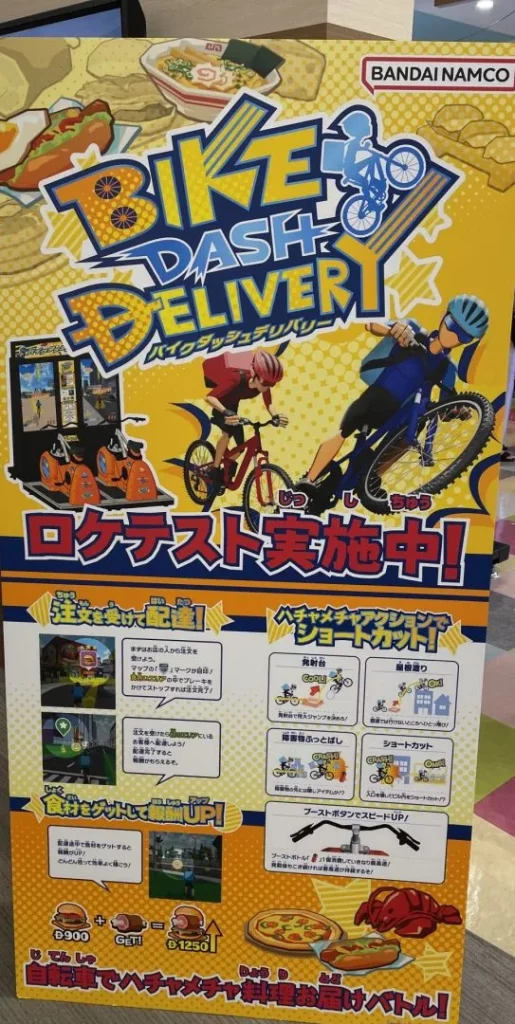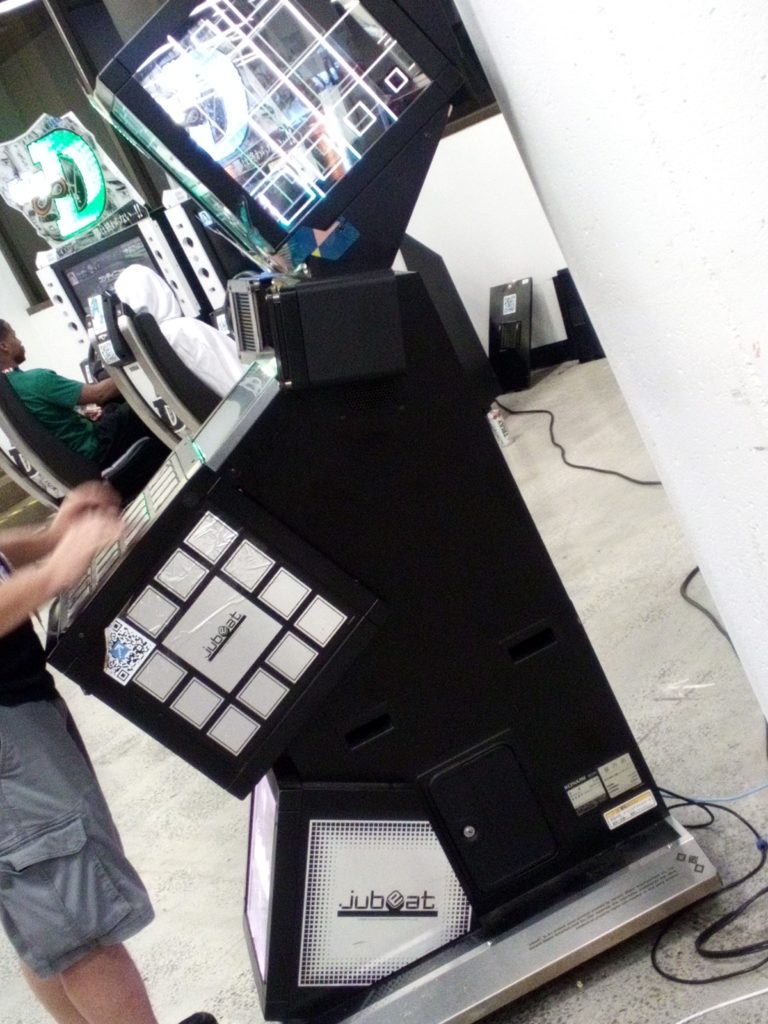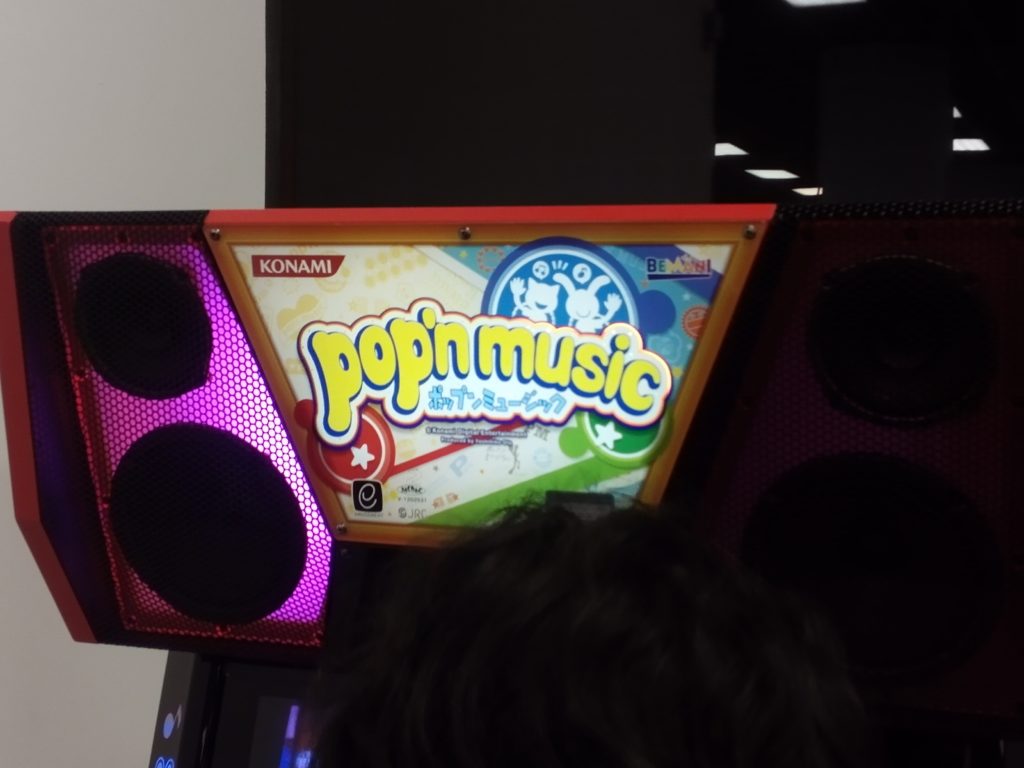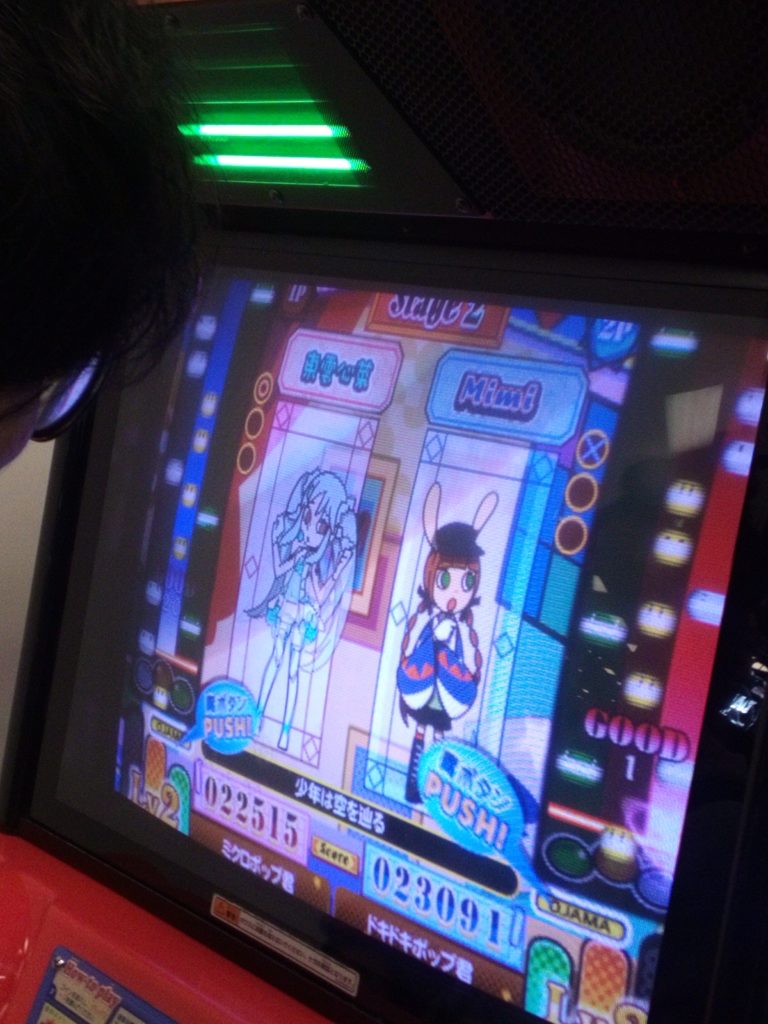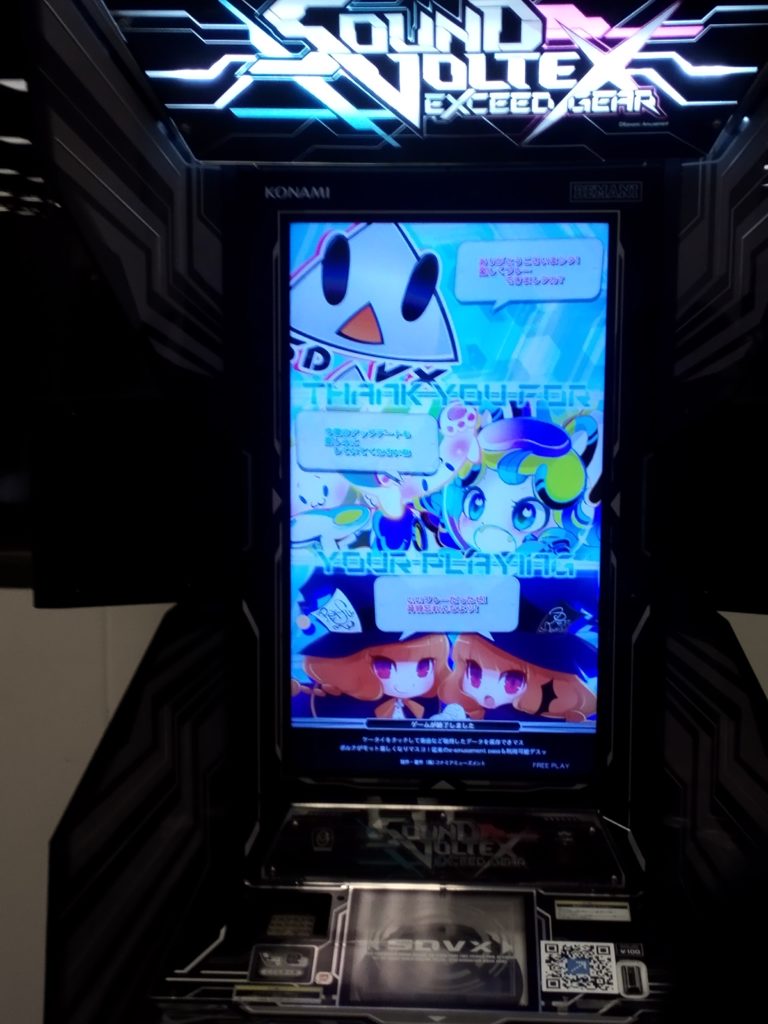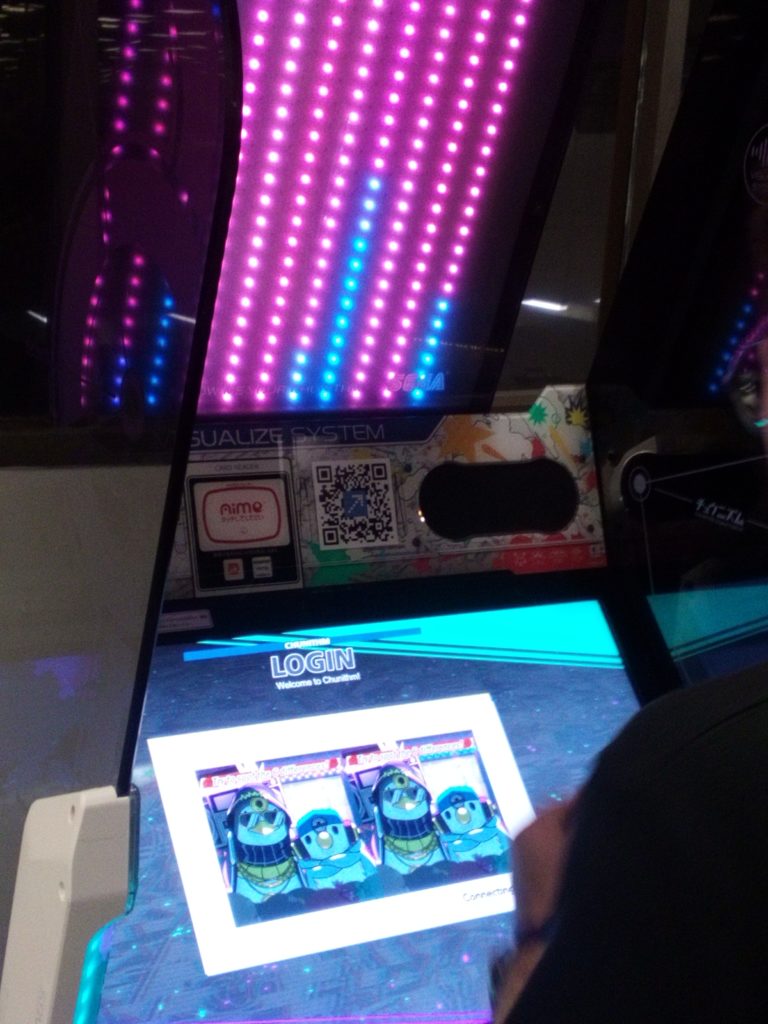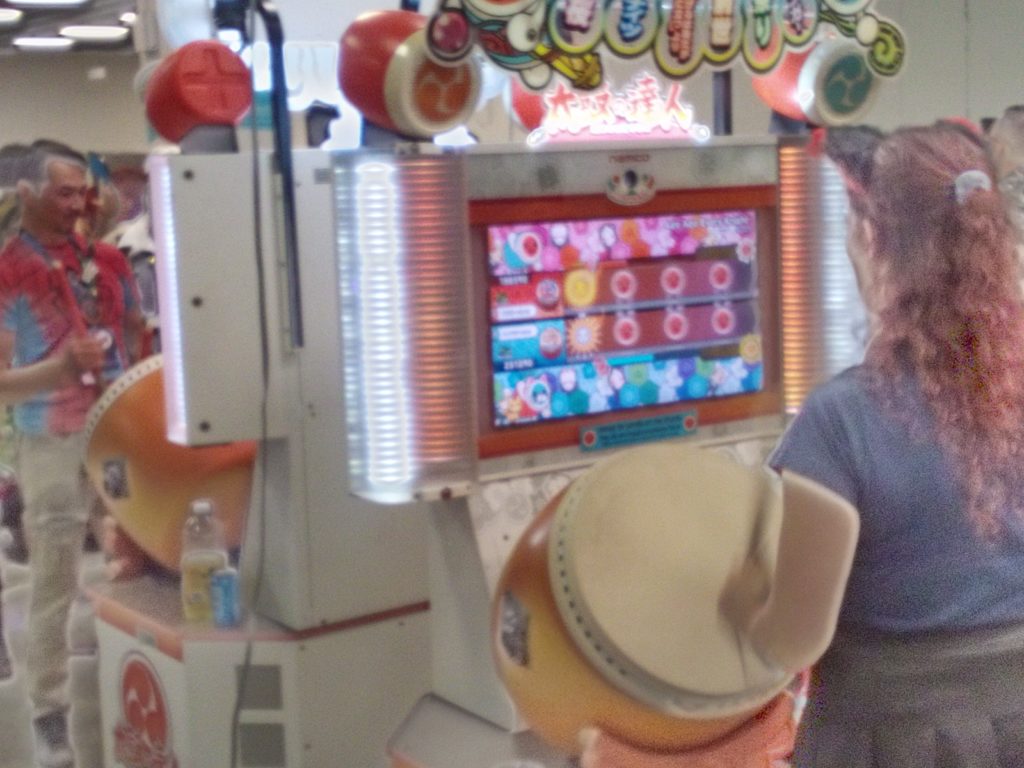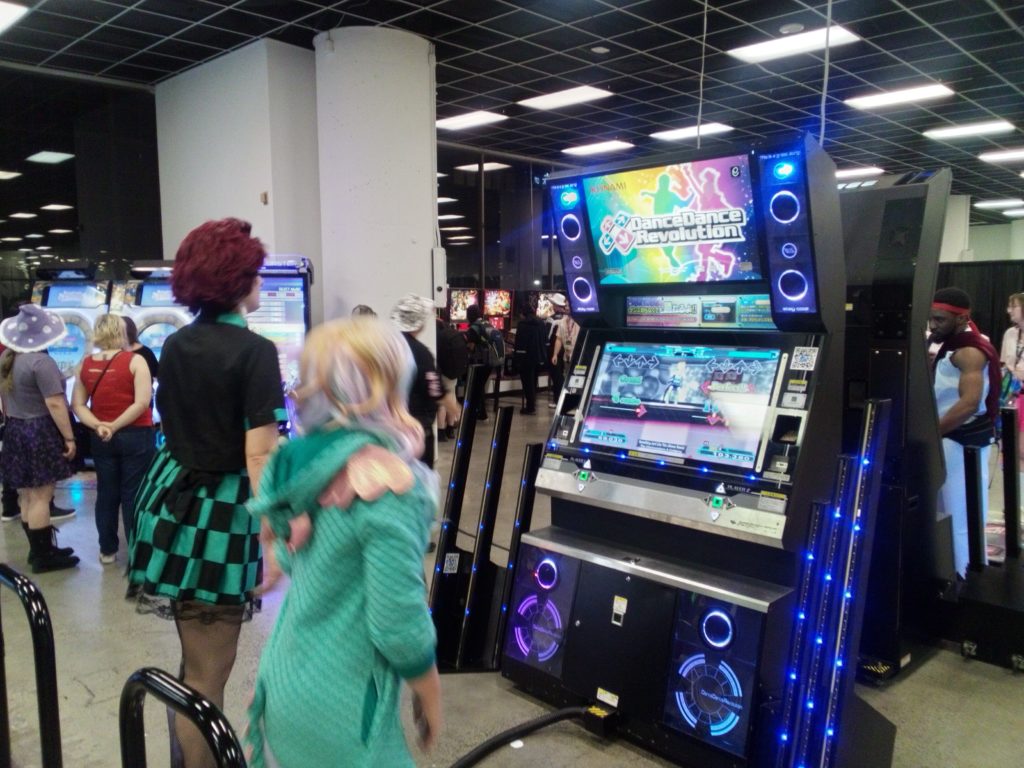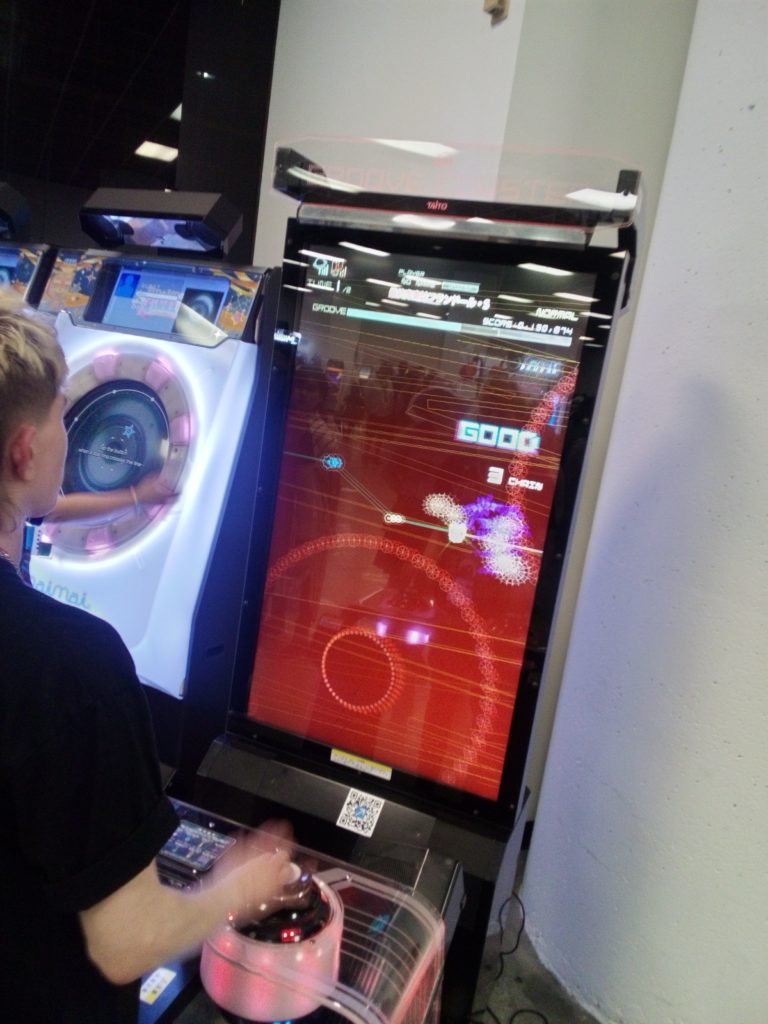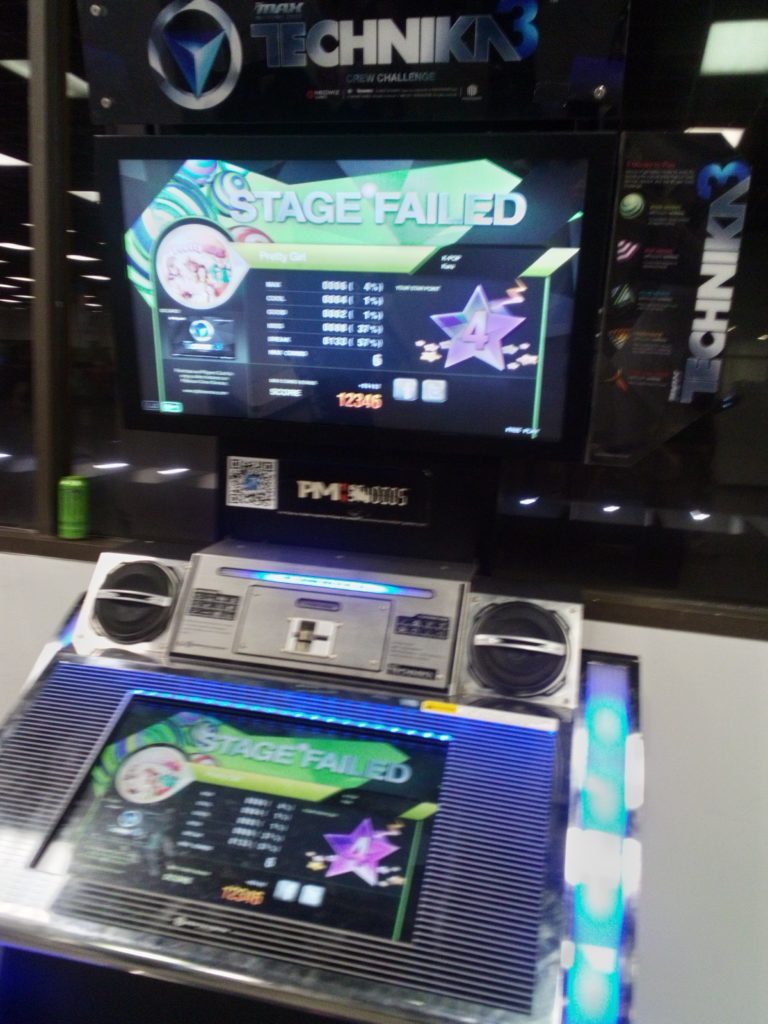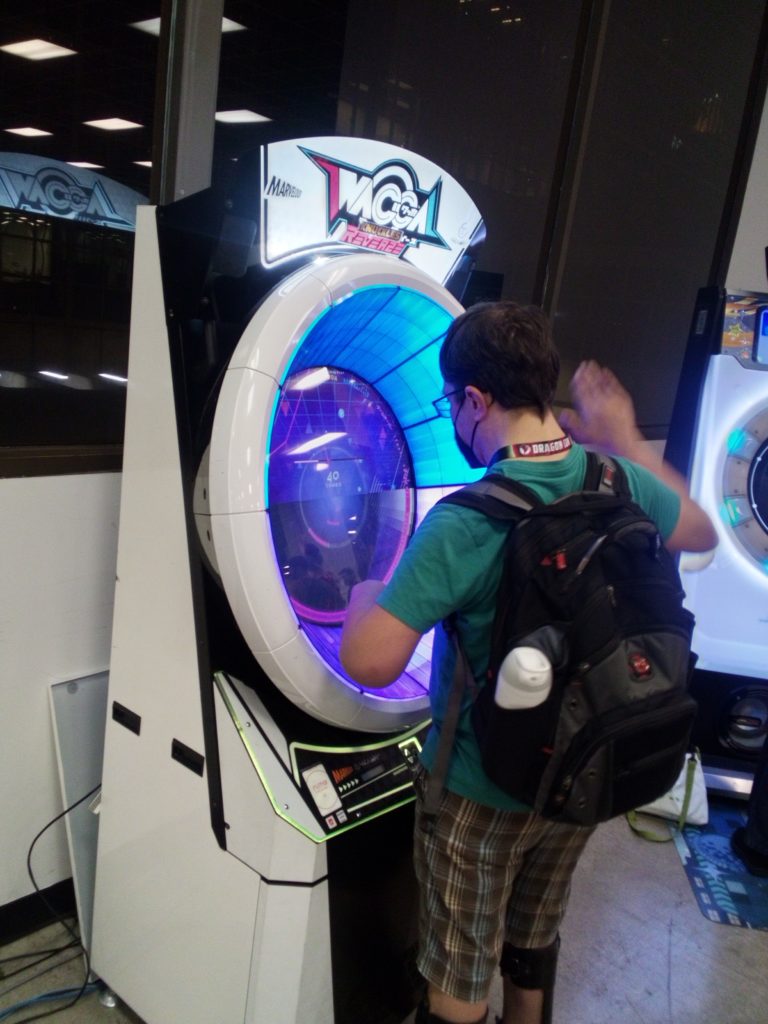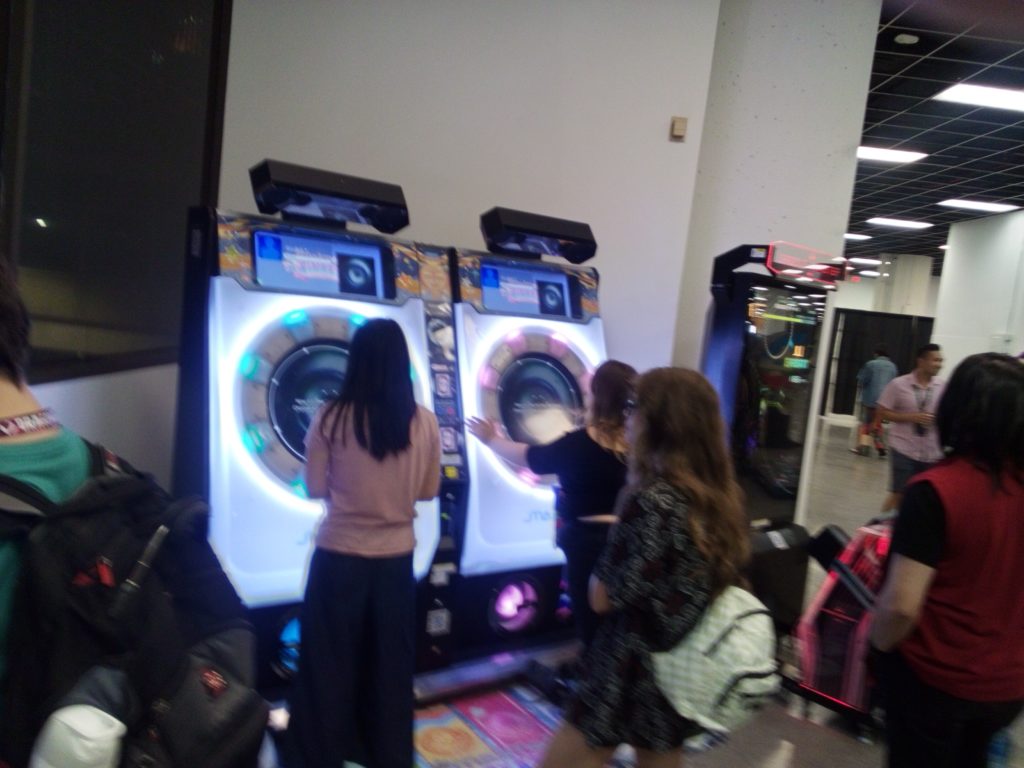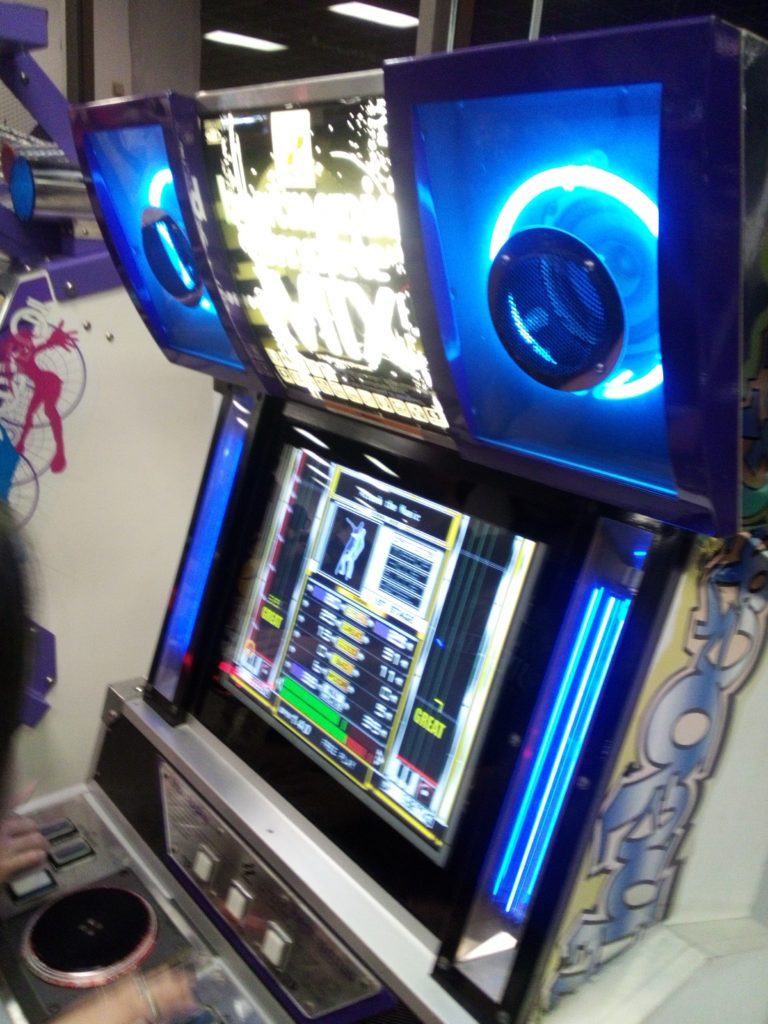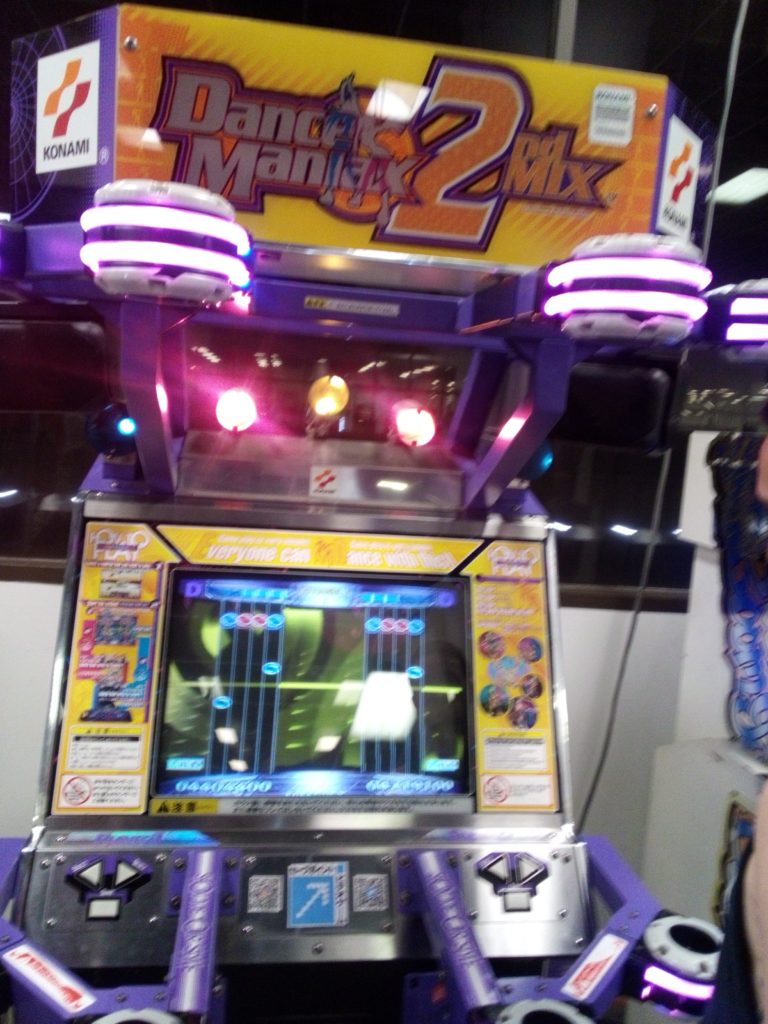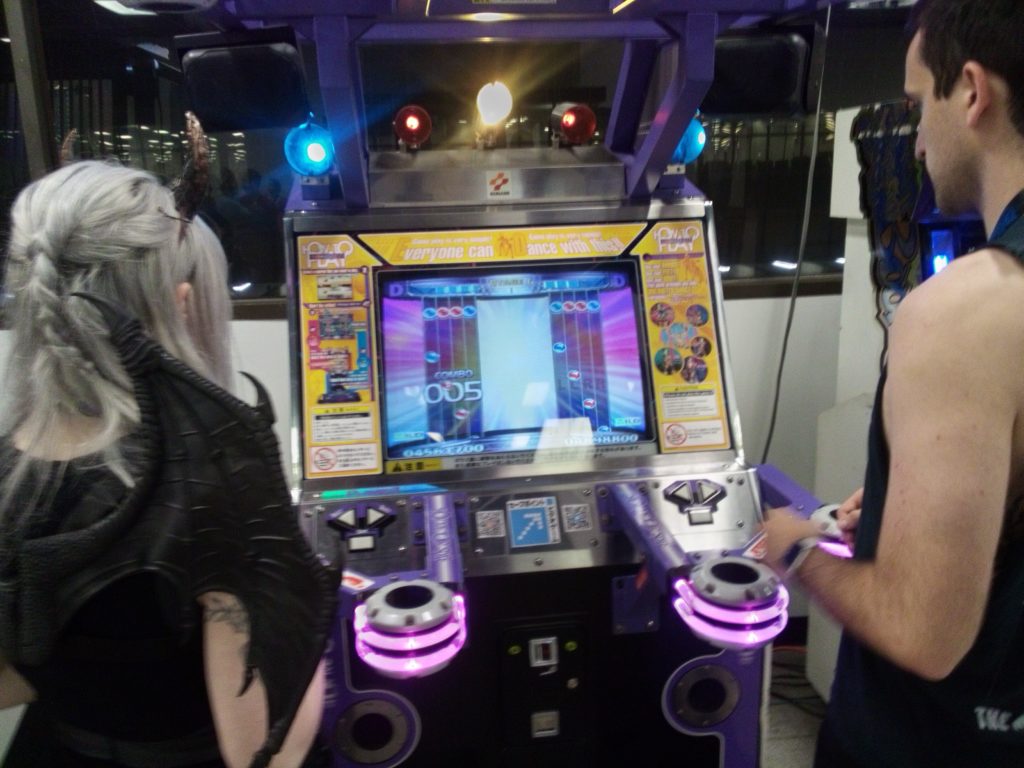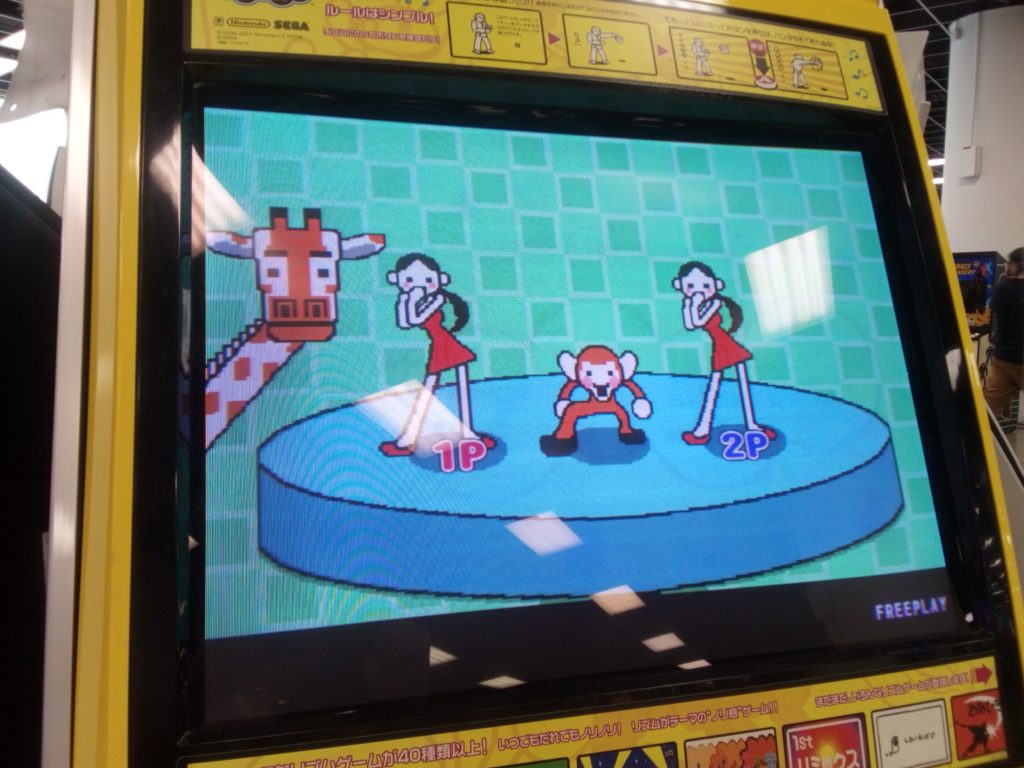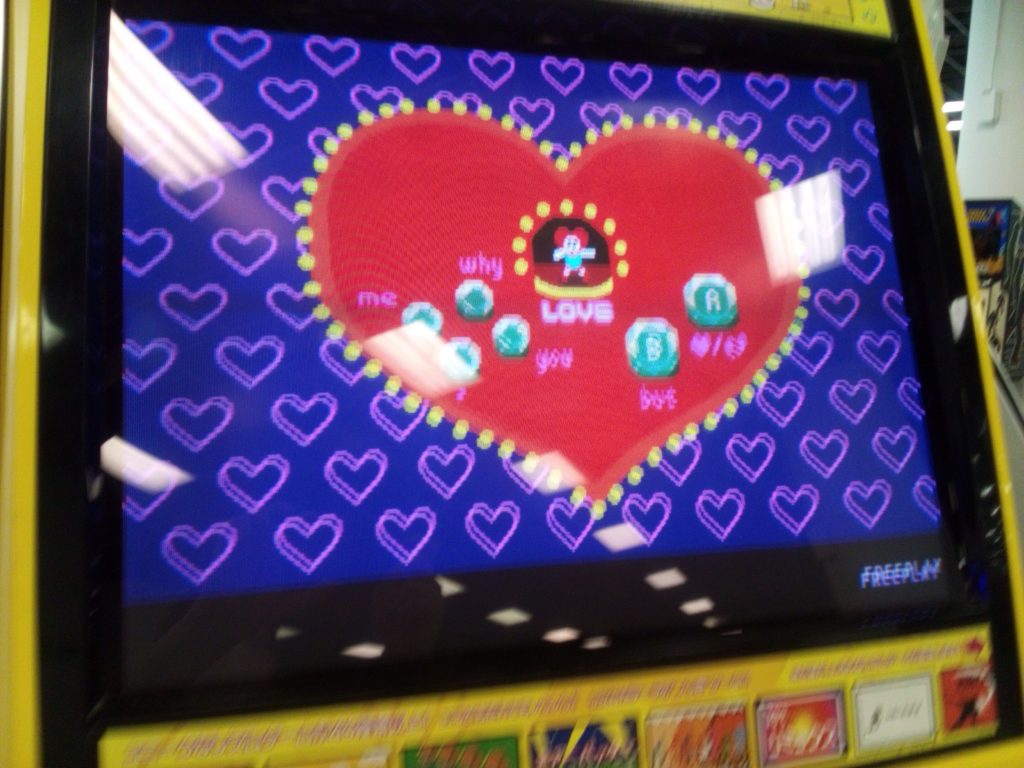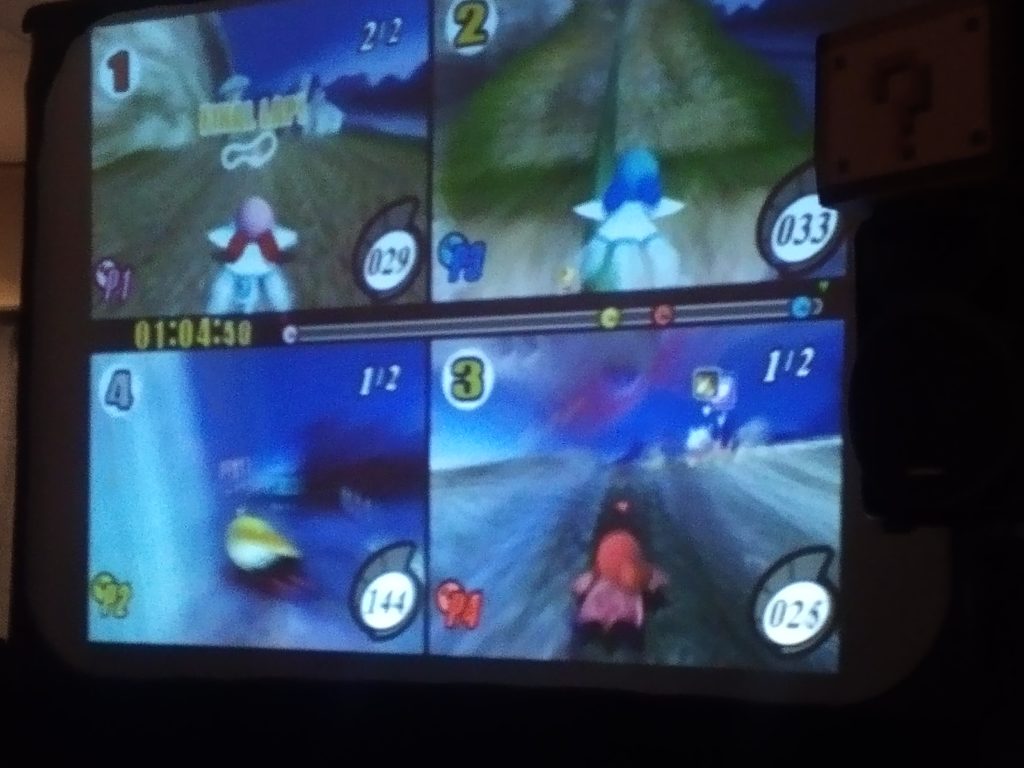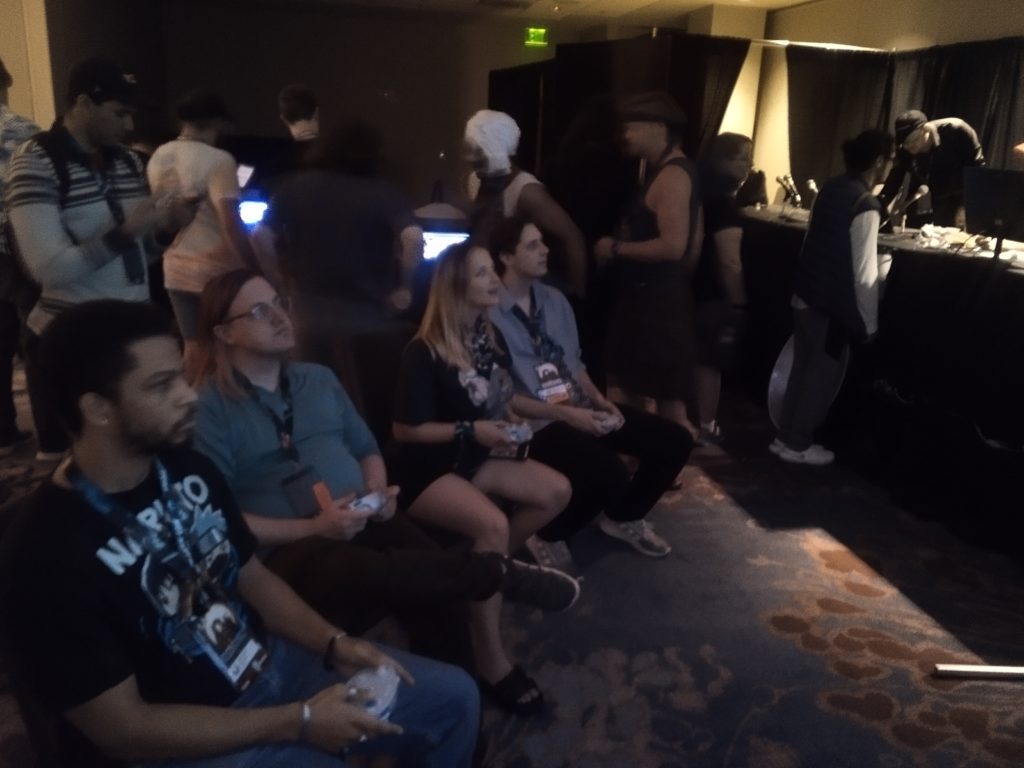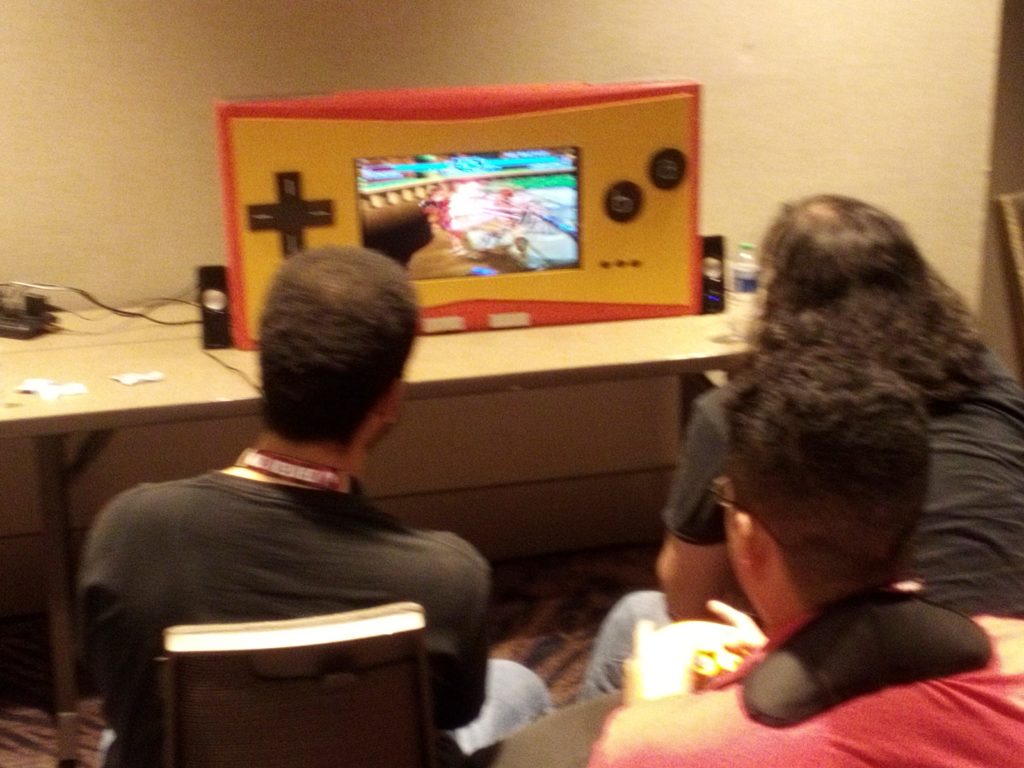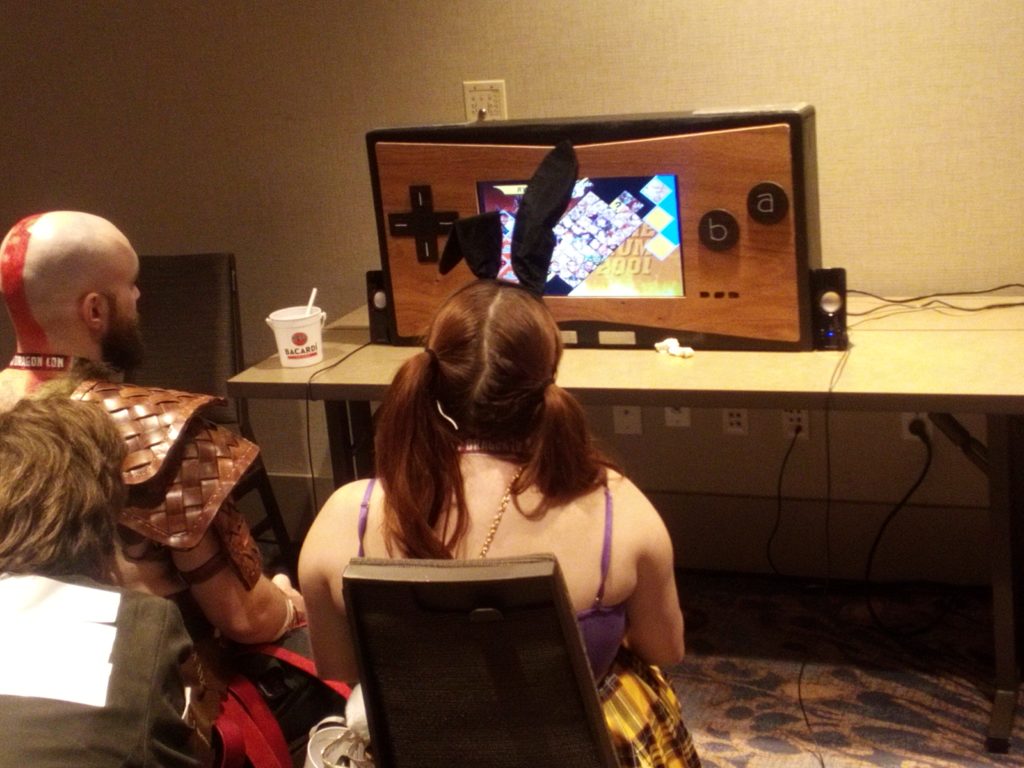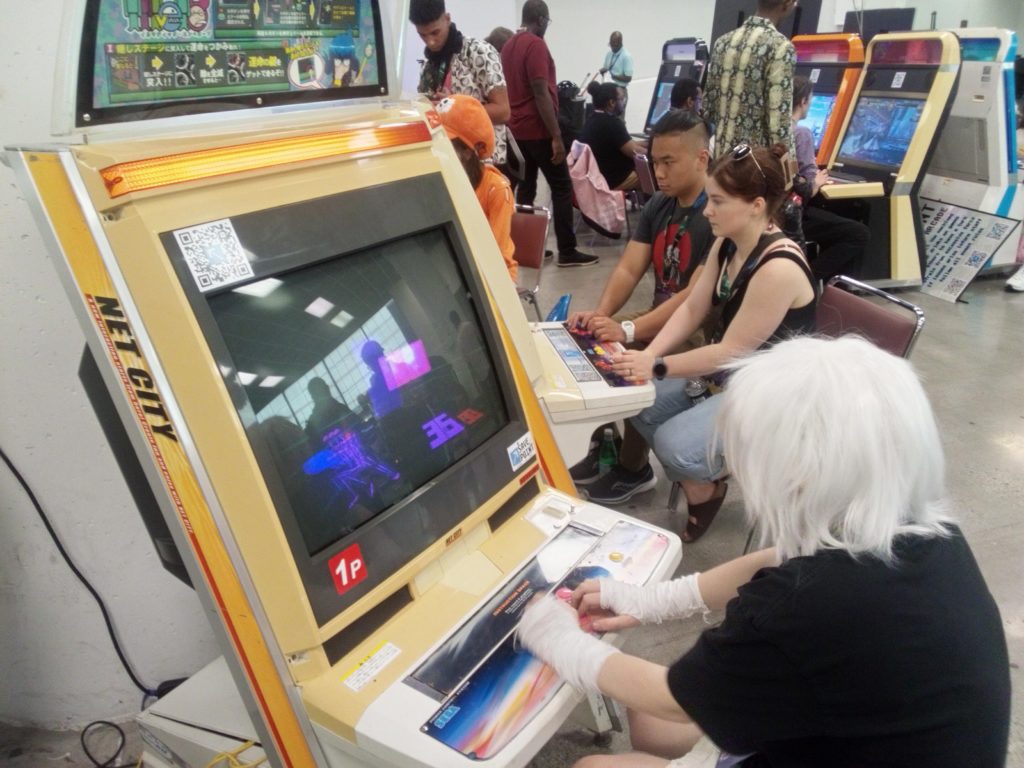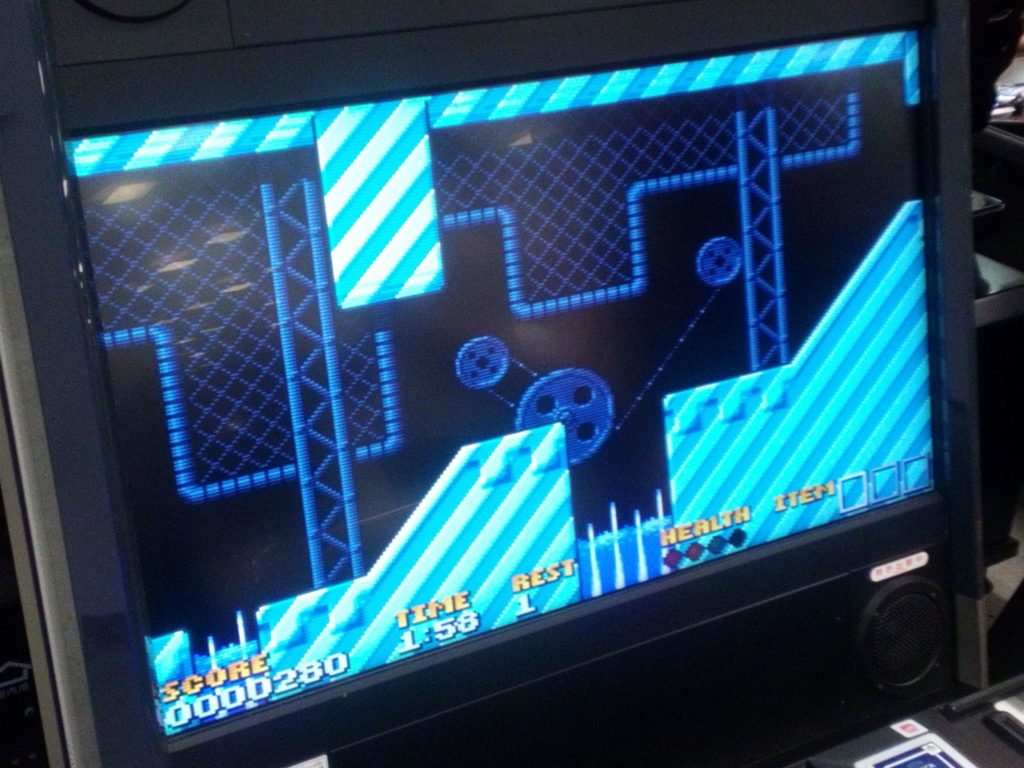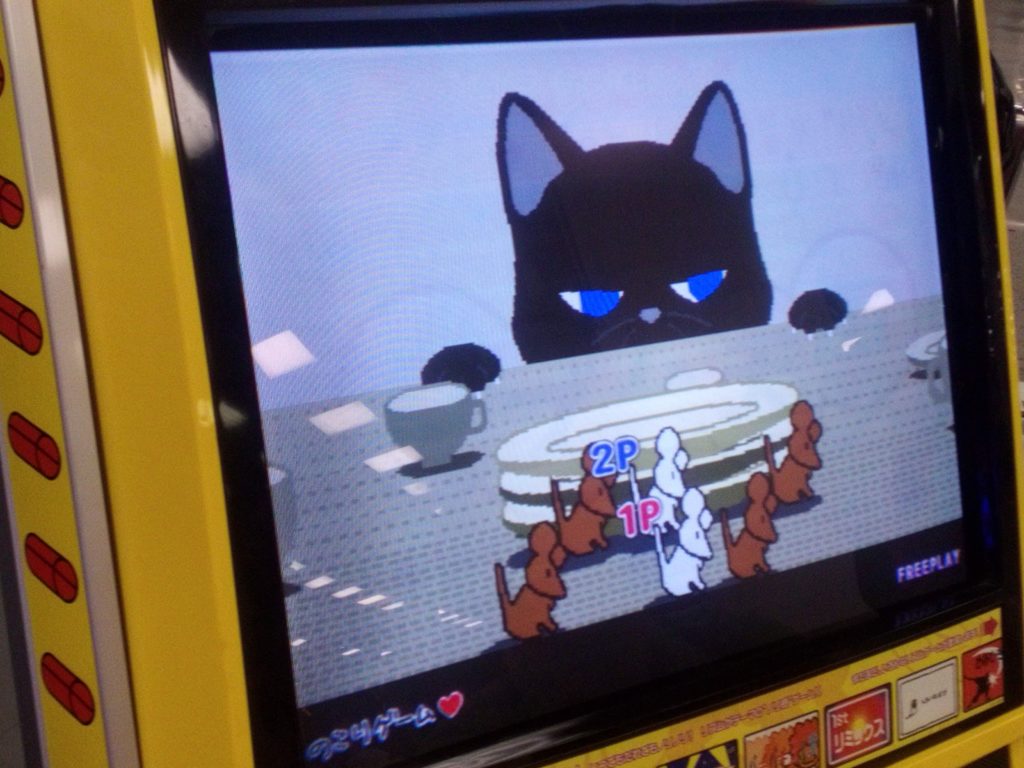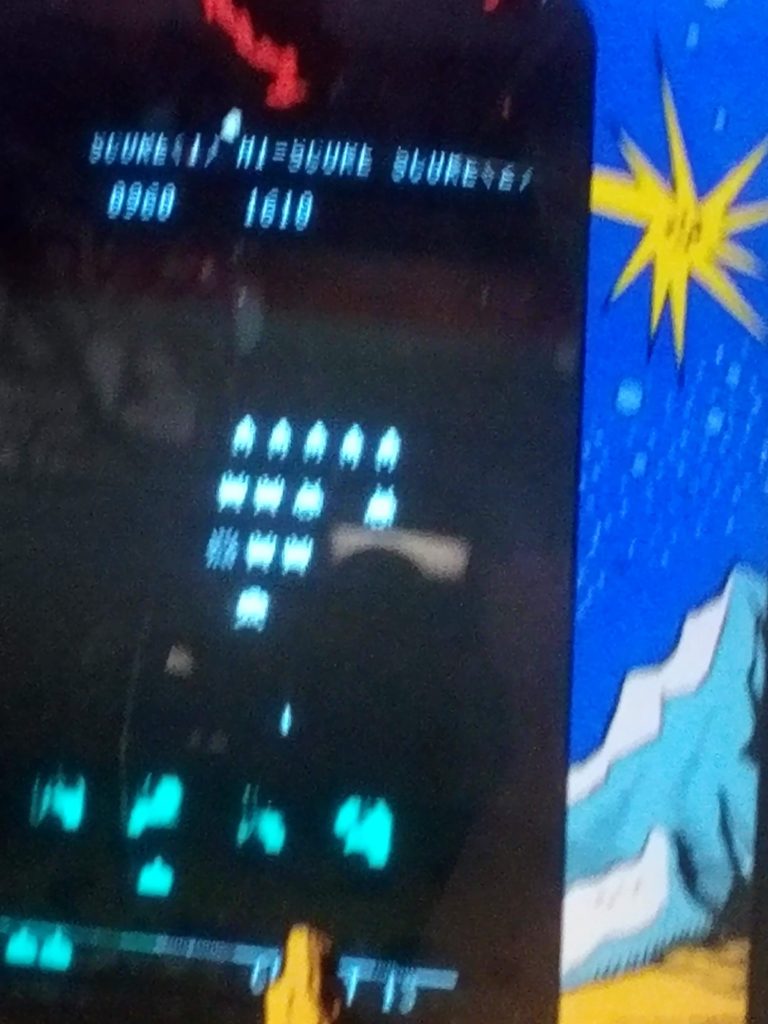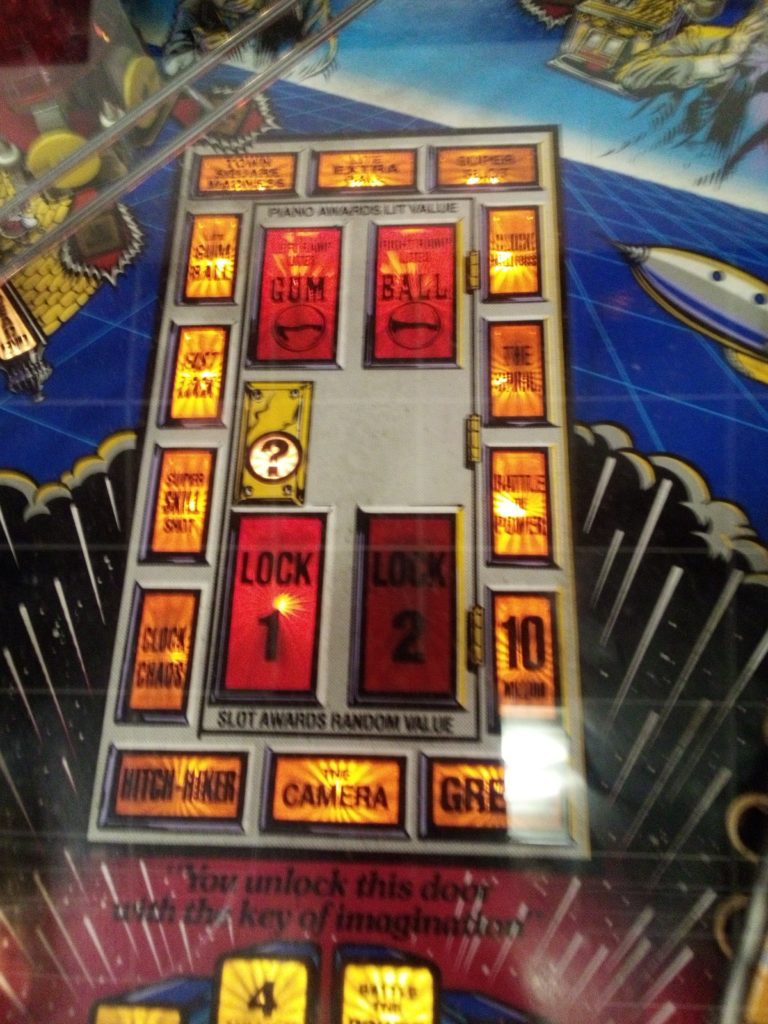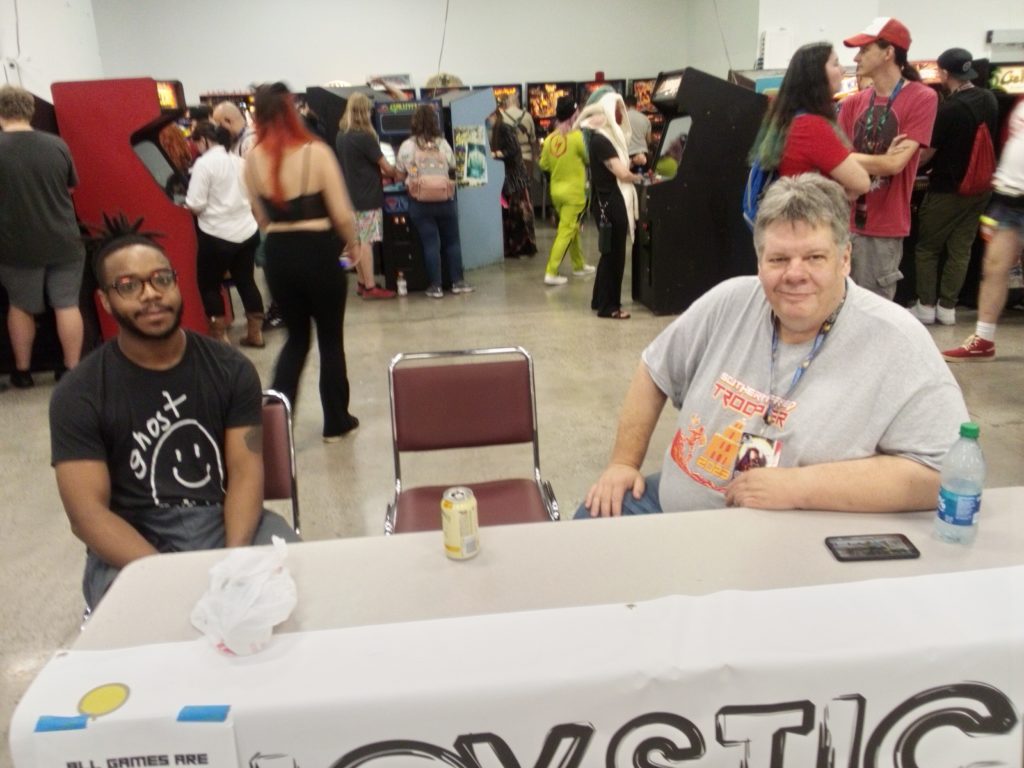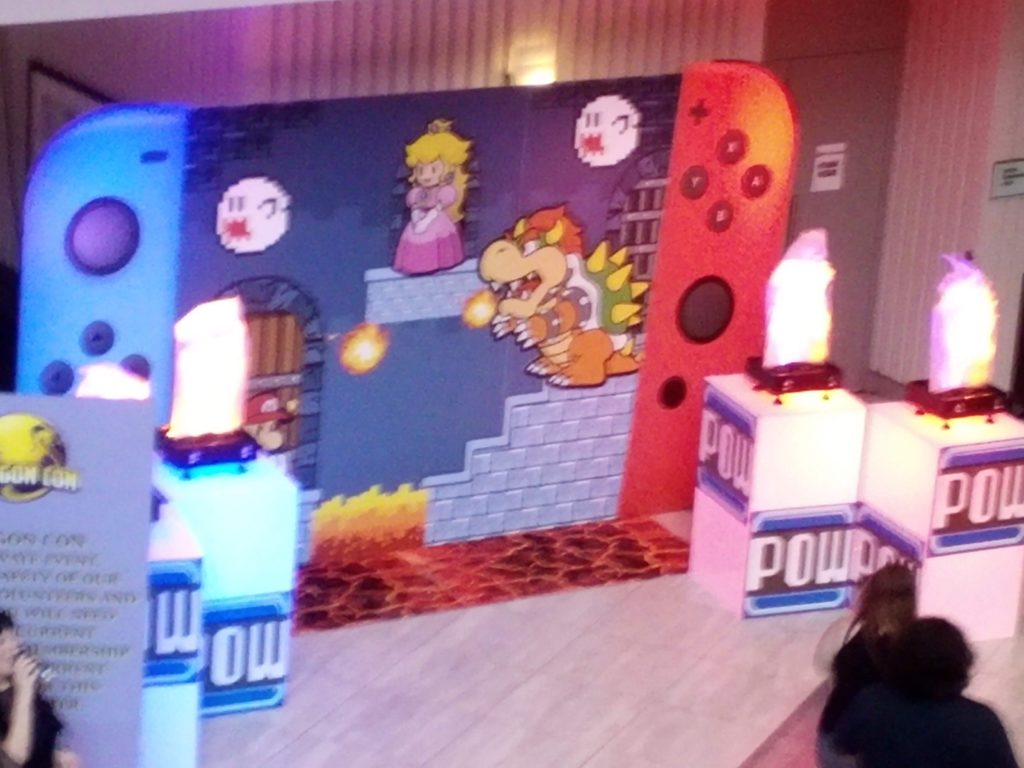Yep, we link a lot of videos. Sadly a lot of gaming stuff now takes the form of videos. Text is my preference, but it’s where the content is right now.
And this isn’t the first time we’ve linked to AsumSaus, whose beat is the competitive Smash Melee scene. There’s lots of Youpotatoes out there, but AsumSaus appeals to me greatly. His videos aren’t edited into a confusing mess, they don’t sound like morning zoo radio hosts on crack, there aren’t lots of swishy objects moving around. It’s surprising how many Youtubers spend so much effort making their videos unwatchable, but AsumSaus isn’t one of them. They’re accessible, entertaining, interesting, and sane. All around, great.
Most of AsumSaus’ videos are around 10 minutes long, but this time we have a long-form video, at 54 minutes it’s almost movie-length, but it’s worth it. It’s the story of aMSa, a Japanese player of Super Smash Bros Melee. It turns out Japan is not a great scene for competitive Smash Melee, the best players are widely considered to be in the US and Europe. Not only that, but for much of his career professional Melee was only a side-gig for him, he held down a demanding day job in his home country, and had to travel to tournament events when he could.
But none of those things are the most surprising thing about aMSa. The most surprising thing is that aMSa plays Yoshi. He’s the only top-tier Melee player who does.
When he began, Yoshi was considered F-Tier. To explain to those not familiar with competitive fighting game terminology, the community around games tends to sort the characters into “tiers,” each containing characters considered to be of roughly equivalent strength. Usually these are rated alphabetically, with “S” given an honorary place at the top of the list, according to gaming custom. So, S-tier characters are the best, A-tier characters are second best, and so on down. Usually the worst at F-tier, or even a little lower. Sometimes, if one character really rules, they might be rated SS-tier, or even potentially SSS-tier.
In 2010, the tier list for Smash Melee characters was considered to be this:
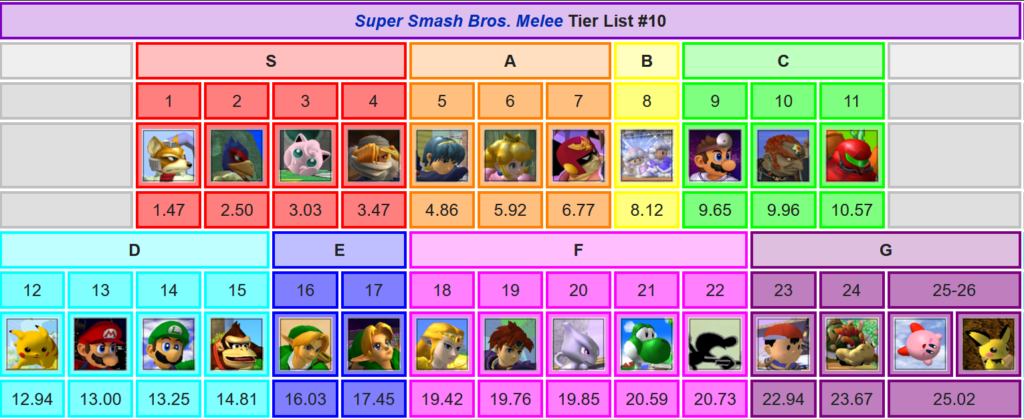
At the top of the heap are Fox, whose positive Melee attributes have been a meme for many years now, Falco (who plays very similarly to Fox), Jigglypuff (the best floater in Melee, and who also has Pound for extra saves and Rest for instant kills), and Sheik, who is almost as fast as Fox. In Melee, Sheik could turn into Zelda with a move. No one does this though, because Zelda is way down in Tier F. Tier F characters are widely considered to suck. But, another character in tier F is Yoshi.
Why is Yoshi rated so badly? The obvious reasons (well, obvious to people familiar with Smash Bros) are: Yoshi doesn’t have an up+B save move (it throws an egg instead of serving as a third jump); and, Yoshi’s shield is unusual, encasing them in an egg instead of providing the usual bubble-shield, and Yoshi can’t jump immediately out of it. Yoshi has positive aspects too, but those two are pretty huge.
More recent tier lists for Melee all rate Yoshi much more highly. But it’s not because a lot of players have achieved a good rate of success with Yoshi. It’s entirely because of aMSa. One player, out of hundreds, is the reason Yoshi was rated at B+ tier in 2021, and that’s aMSa.
I don’t want to give away the ending of AsumSaus’ video. aMSa doesn’t win every match, in fact they lose a great many, because in tournaments they play against the very best in the world. But they do experience a lot of success, and beyond that, they seem to be genuinely a good person. aMSa is almost always smiling after a match, win or lose, because they’re having a great time. They’re always gracious to their opponent. It’s easy to get on their side. Crowds love them too.
Here, then, is the journey of aMSa, and their red Yoshi. A top-level professional Smash Melee player, with the least likely character. And be sure to stick around for the very end, as AsumSaus picked the best-possible ending music for the video.
aMSa: The Only Yoshi (who could do it) (Youtube, 54 minutes)

